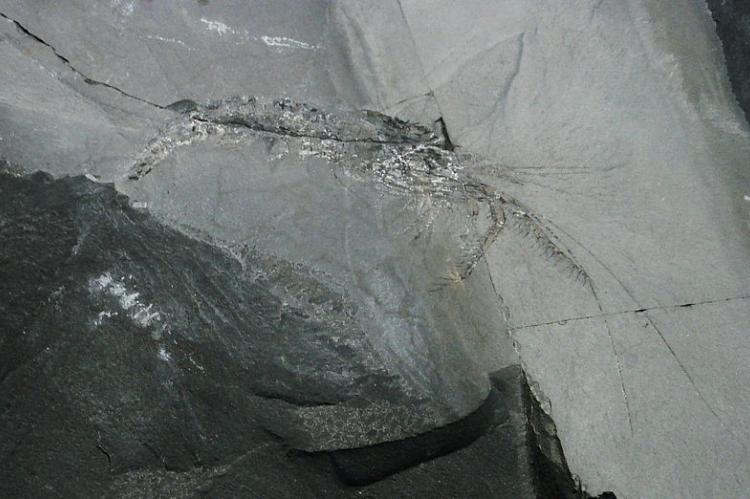1 minute
425 million-year-old fossil reveals never-before-seen shrimp species
Named Pauline avibella, the 425-million-year-old fossil was recently discovered in Herefordshire and is a new species previously unknown to marine scientists.
According to reports posted on BBC Nature, Professor David Siviter discovered the acient fossils that show the shrimps' shells, eyes and limbs.
"The find is important because it is only one of a handful preserving the fossilized soft tissues of ostracods," Siviter said.
Seed shrimp
Ostracods are a type of the crustacean sometimes known as "seed shrimp" typically around 1 millimeter in size. Their bodies are flattened from side to side and protected by a bivalve-like shell.
The new species' moniker comes from two sources: Professor Siviter's wife is named Pauline and the fossil apparently looks like a wing—hence the term avibella which means beautiful bird.
Siviter went on to say that the fossils will "allow unparalleled insight into the ancient biology, community structure and evolution of animals."

